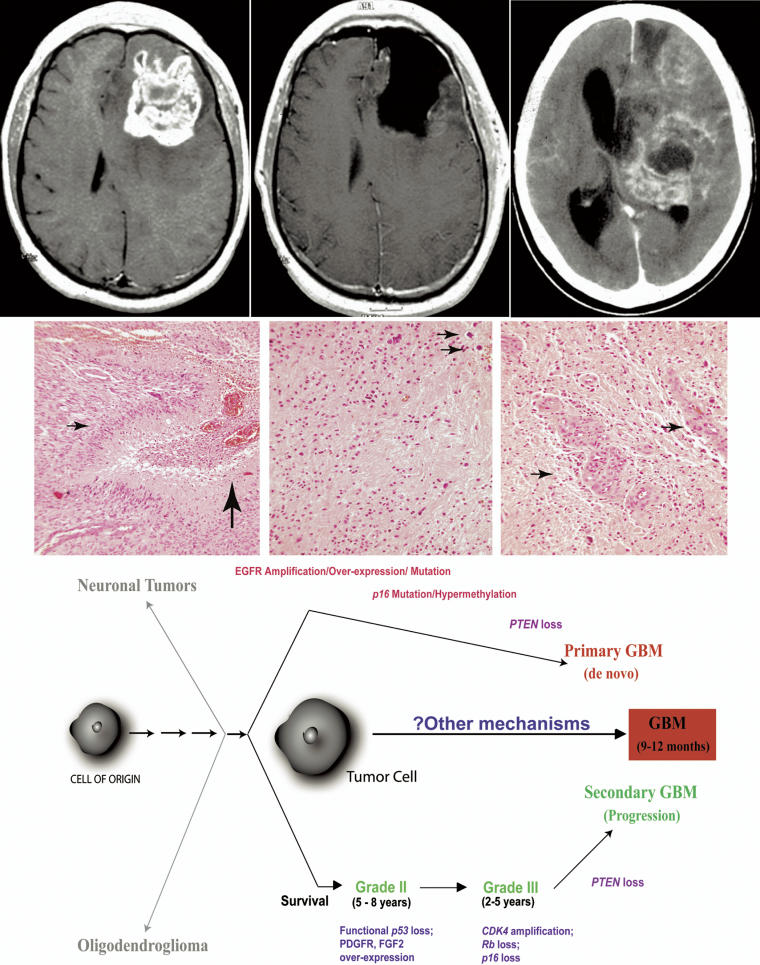Figure 1. Representative Clinical, Pathological, and Molecular Genetic Features of Glioblastoma Multiforme.
The top panel shows an illustrative set of neuroimages from a patient with glioblastoma multiforme. On the left and in the center are gadolinium-enhanced T1-weighted axial magnetic resonance images from the day before and the day after resection of a large left frontal GBM. The patient was treated with postoperative radiation and chemotherapy. He presented again, 11 months after the first surgery, with stupor and a contrast-enhanced computed tomographic scan (right), which showed a massive and fatal recurrence.
The middle panel shows histopathological examples of this patient's tumor. In the left image, there is evidence of hypercellularity, pseudopalisading necrosis (small arrow), and vascular proliferation with hemorrhage (large arrow). In the center image, there is hypercellularity with intermittent mitotic figures (small arrows), while in the image to the right, there are several areas with florid endothelial proliferation (small arrows). See also Table 1. All figures are 200× magnification.
The bottom panel shows a schematic of current models of astrocytoma development and progression. The de novo pathway is located on top, and the secondary pathway is located on bottom. The principal genetic changes are noted for each pathway. Neuronal tumors and oligodendrogliomas (left top and bottom, respectively) appear to arise independently. Average survivals are noted for each astrocytoma type. While basic genetic features have been elaborated, they have been inconsistently found in GBMs, and as yet appear not to be consistently effective for targeted therapy. There remains a great deal unknown about the process by which these tumors progress to the most malignant state, whether the tumor is a de novo GBM or arises secondarily. Unknown steps from potential progenitor or pluripotent tumor cell(s) are indicated by small arrows.

